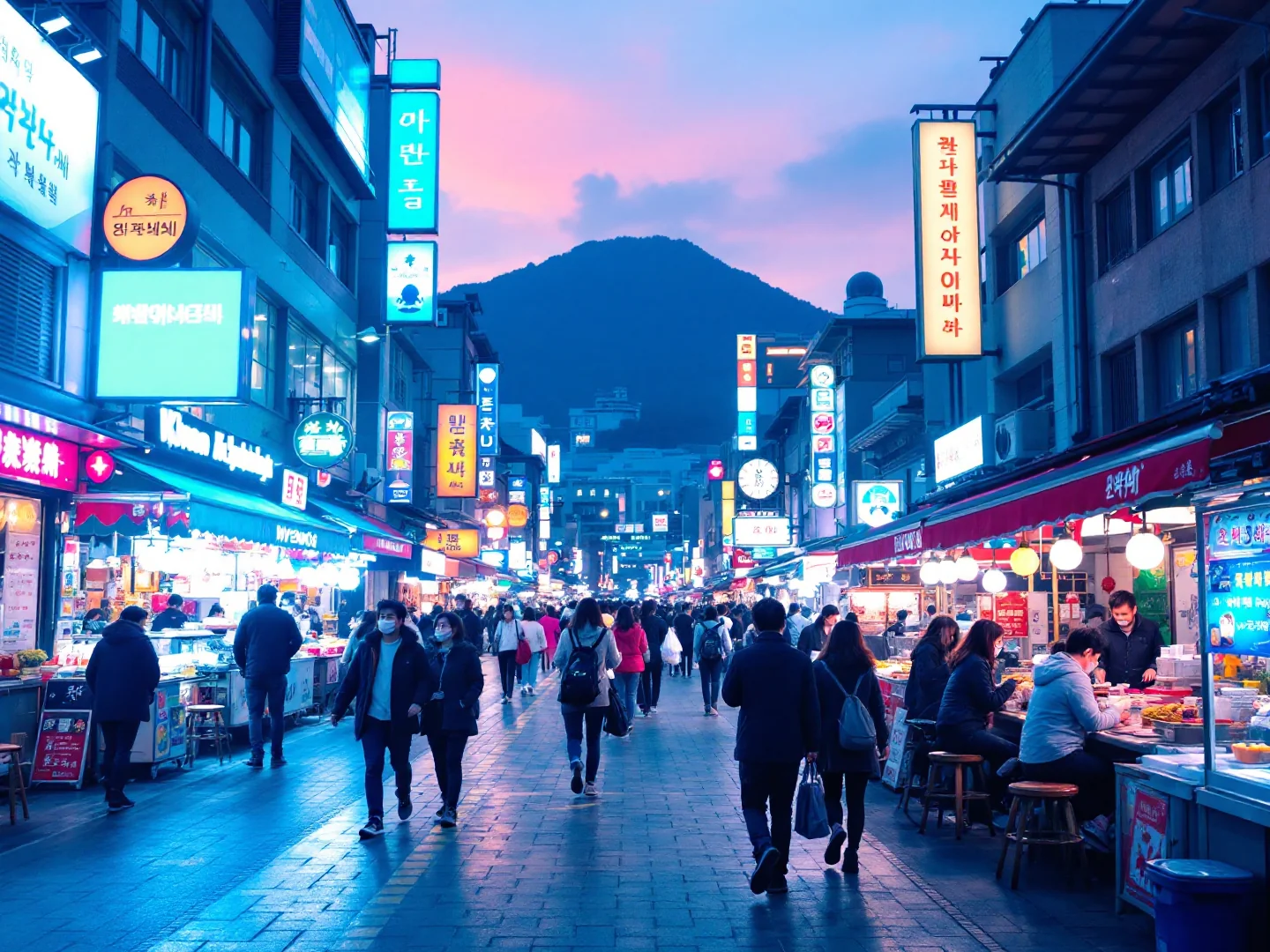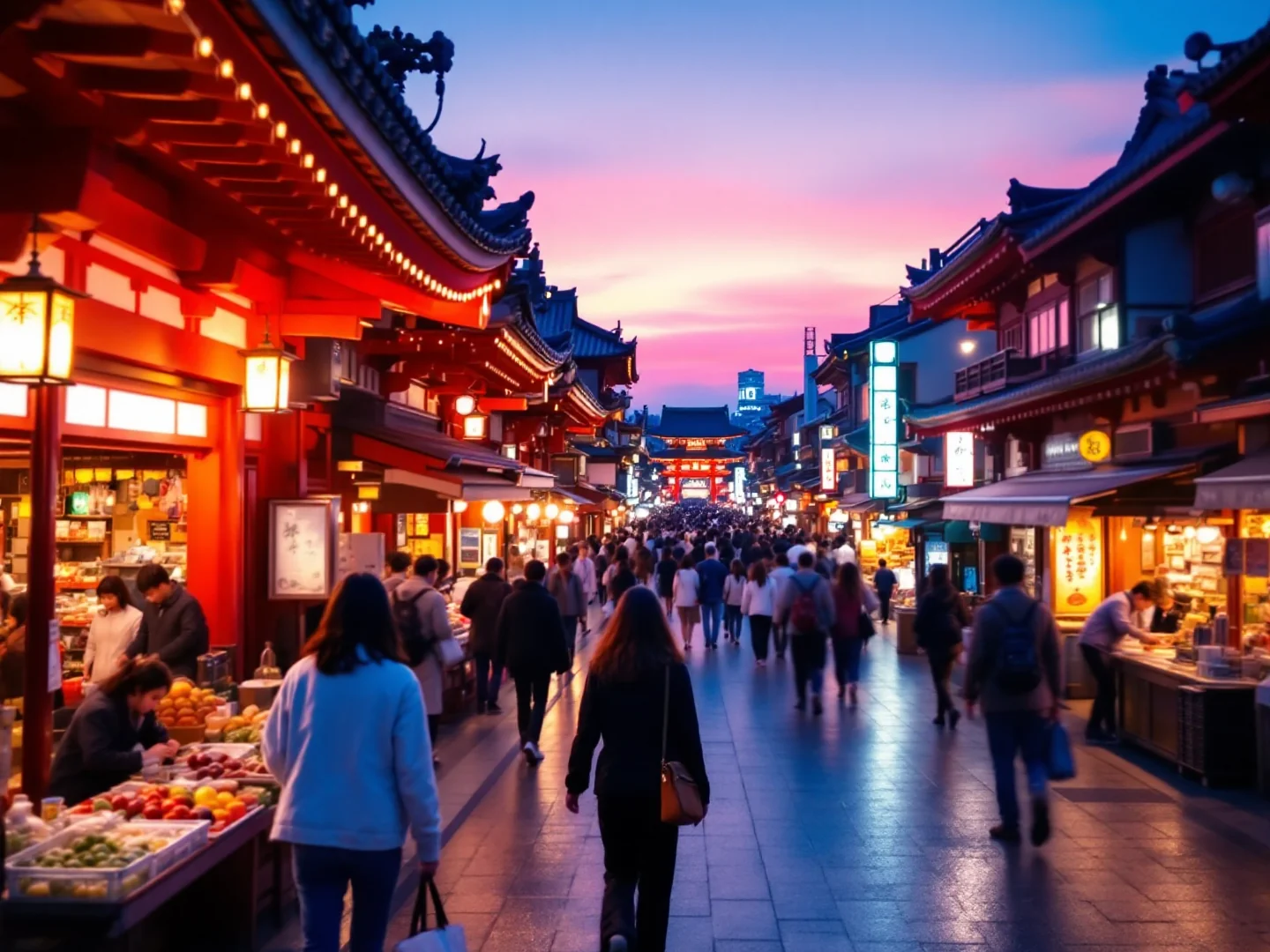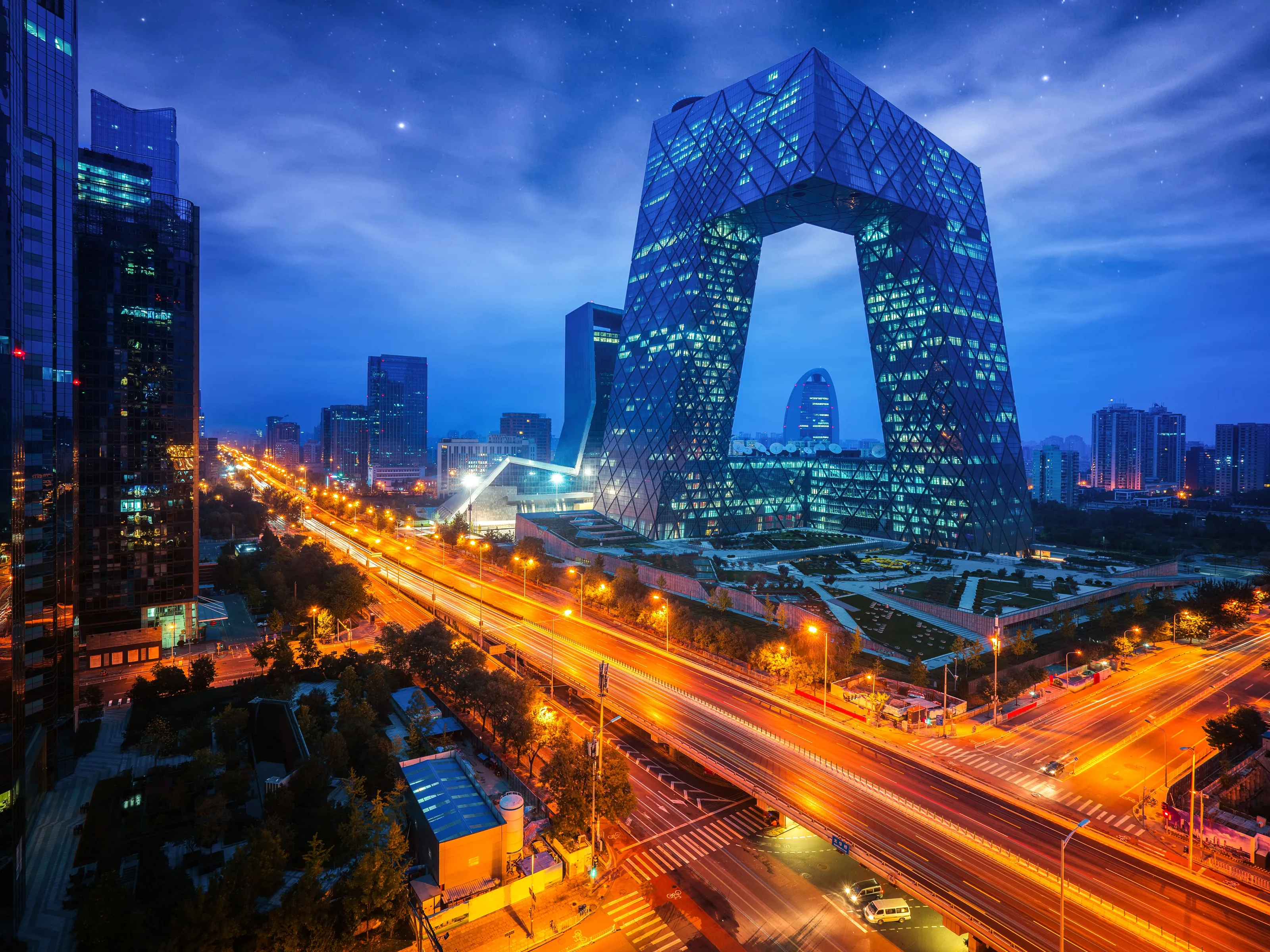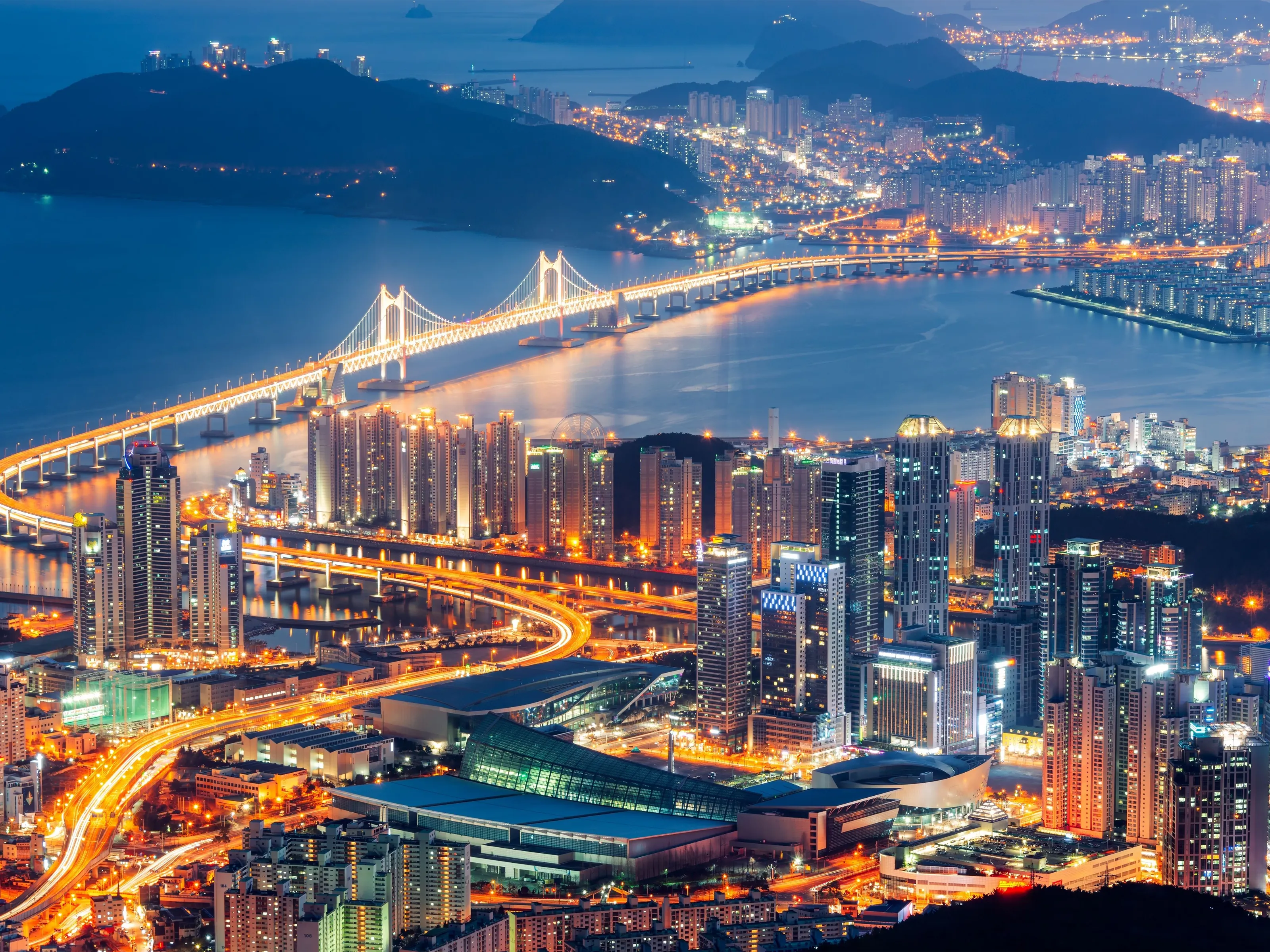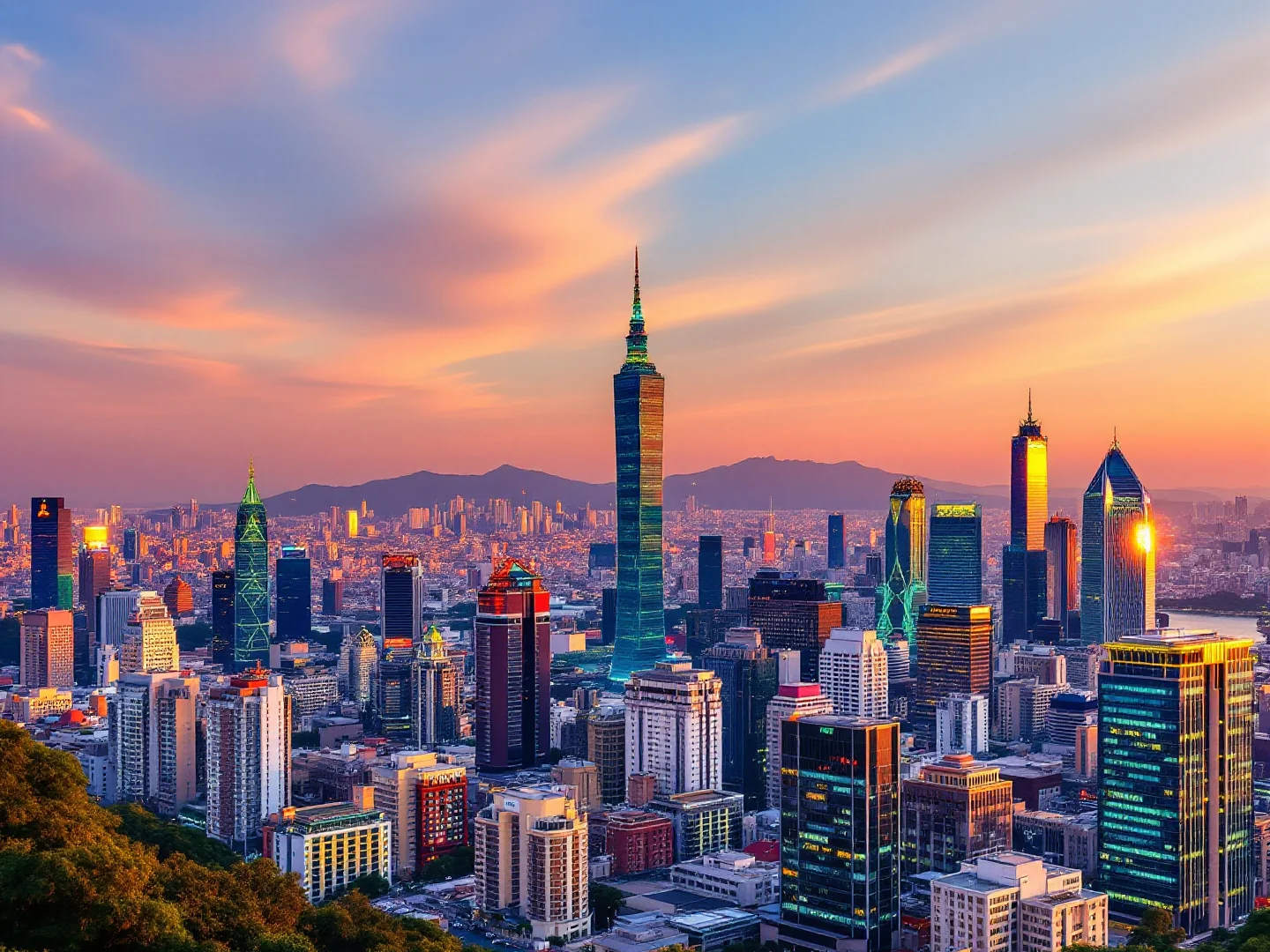Why Visit Shanghai?
Shanghai electrifies as China's most cosmopolitan megacity where the Oriental Pearl Tower's sci-fi spheres glow neon pink beside the Shanghai Tower's 632m twisting glass spire—the world's second-tallest building—while across the Huangpu River, the Bund's 1920s Art Deco banks and hotels recall Shanghai's 'Paris of the East' heyday when jazz, opium, and international finance made it Asia's most decadent metropolis. This vertical city (around 25M in the municipality and ~30-34M in the wider metro area) compresses centuries of history into 10km: from Old City's Yuyuan Garden's Ming Dynasty pavilions and Yu Bazaar's dumpling stalls, to French Concession's tree-shaded lanes lined with café culture and Communist-era propaganda posters turned trendy art galleries, to Pudong's LED-wrapped skyscrapers broadcasting stock tickers into stratosphere. The Bund (Waitan) defines Shanghai—a 1.5km riverside promenade where couples pose for wedding photos against backdrops of colonial-era banks (now luxury hotels) on one side and Pudong's futuristic towers on the other, best viewed at night when both sides illuminate in synchronized LED shows.
Yet old Shanghai persists in longtangs (lane neighborhoods)—Tianzifang's narrow alleys host boutiques and rooftop bars in converted shikumen (stone-gate houses), while street food vendors grill chuanr (lamb skewers) and fry jianbing (savory crepes) for breakfast crowds commuting on bikes despite overhead highways carrying maglev trains at 430 km/h between airport and city (8 minutes, ¥50/$7). The food scene rivals any global city: Michelin three-star Ultraviolet by Paul Pairet serves 20-course multi-sensory dinners (from about ¥4,800 / roughly $650+ per person, depending on menu), while xiao long bao (soup dumplings) at Din Tai Fung or Jia Jia Tang Bao run about ¥20-40 per basket (roughly ¥2-3 per dumpling) yet taste transcendent when hot broth bursts inside delicate wrappers. Shopping spans fake markets (avoid unless you enjoy haggling for knockoff bags) to Plaza 66's Hermès flagship and Nanjing Road's pedestrian mall stretching 5km of neon-lit stores.
Museums surprise: Shanghai Museum's ancient bronzes (free), Power Station of Art's contemporary works (former power plant), and M50 Art District's warehouse galleries showing edgy Chinese artists. Day trips reach water towns like Zhujiajiao (1hr, ancient canals and bridges), or high-speed trains zoom to Hangzhou's West Lake (1hr, ¥70) or Suzhou's classical gardens (30min, ¥50). With up to 240-hour (10-day) visa-free transit now available for many nationalities in Shanghai, plus expanding 30-day visa-free entry schemes for some passports (rules change often—always check latest consular info for your specific passport), Shanghai Metro's roughly 20 lines covering 800-900km of track (¥3-10 rides), WeChat Pay dominating payments (foreigners can link cards), and English signage improving but still limited, Shanghai delivers China's most accessible yet authentically Chinese experience—where Communist Party slogans coexist with luxury malls, street vendors hawk century eggs beside Starbucks Reserve Roastery's four-story coffee temple, and the future arrives before breakfast on a 430 km/h train.
What to Do
Iconic Shanghai Sights
The Bund Waterfront
1.5km riverside promenade with 1920s Art Deco buildings on one side, Pudong's futuristic skyline on the other. Walk evening (6-10pm) for LED light shows on both sides. Free. Wedding photo crowds weekends. Peace Hotel Jazz Bar (1929, live music nightly). Best photos from Bund or Pudong side after dark. Metro Nanjing East Road or East Nanjing Road.
Shanghai Tower Observation Deck
¥180/$24 for world's 2nd-tallest building (632m). Fastest elevator (55 floors in 55 seconds). 118th-floor deck has 360° views—see entire Shanghai, Yangtze River on clear days. Go late afternoon for day-to-night transition. Skip if cloudy/smoggy. Booking online saves queue time. Allow 1-2 hours. Metro Lujiazui in Pudong.
Historic Shanghai
Yu Garden & Old City
¥40/$5 entry for Ming Dynasty (1559) classical Chinese garden—rockeries, pavilions, dragon walls, and koi ponds. Arrive early (8-9am) before tour groups. Surrounding Yu Bazaar has xiaolongbao shops (Nanxiang Steamed Bun Restaurant, expect 1-2 hour queues), tea houses, and souvenir stalls. Allow 2-3 hours total. Metro Yu Garden. Wonderfully preserved despite surrounding modern chaos.
French Concession & Tianzifang
Tree-lined former French settlement (1849-1943) with art deco villas, indie cafés, and boutiques. Tianzifang's narrow shikumen alleys (stone-gate houses) converted to galleries, bars, and shops. Less touristy than Old City. Wander Fuxing Park, Wukang Road architecture, and Xintiandi (upscale mall in renovated houses). Go afternoon for cafés, evening for bars. Metro Dapuqiao for Tianzifang.
Shanghai Food Scene
Xiao long bao (soup dumplings) at Din Tai Fung chain or local Jia Jia Tang Bao—about ¥20-40 per basket (roughly ¥2-3 per dumpling). Street breakfast: jianbing (savory crepes, ¥8-12). Wujiang Road food street (cheap street food). Ultraviolet if budget allows (from ~¥4,800 / roughly $650+ per person, 3-Michelin-star multi-sensory, book months ahead). Hakkasan for upscale Cantonese. Download translation app—menus rarely in English.
Gallery
Travel Information
Getting There
- Airports: PVG, SHA
Best Time to Visit
March, April, May, September, October, November
Climate: Moderate
Weather by Month
| Month | High | Low | Rainy days | Condition |
|---|---|---|---|---|
| January | 10°C | 4°C | 14 | Wet |
| February | 13°C | 4°C | 10 | Good |
| March | 16°C | 7°C | 14 | Excellent (best) |
| April | 19°C | 9°C | 6 | Excellent (best) |
| May | 26°C | 17°C | 15 | Excellent (best) |
| June | 28°C | 22°C | 21 | Wet |
| July | 29°C | 23°C | 21 | Wet |
| August | 33°C | 26°C | 10 | Good |
| September | 27°C | 20°C | 11 | Excellent (best) |
| October | 22°C | 15°C | 5 | Excellent (best) |
| November | 18°C | 12°C | 10 | Excellent (best) |
| December | 10°C | 3°C | 3 | Good |
Weather data: Open-Meteo Archive (2020-2024) • Open-Meteo.com (CC BY 4.0) • Historical avg. 2020–2024
Budget
Excludes flights
Visa Requirements
Visa required
💡 🌍 Traveler Tip (November 2025): November 2025 is perfect for visiting Shanghai!
Practical Information
Getting There
Shanghai Pudong International Airport (PVG) is 30km east—Maglev train to Longyang Road metro station ¥50/$6 (8min, 430 km/h!), then metro downtown. Cheaper: Metro Line 2 direct ¥7/$1 (1hr). Taxis ¥150-200/$19–$27 (45min-1hr). Shanghai Hongqiao Airport (SHA) is domestic/regional—Metro Lines 2/10 ¥6-8/$1–$1 High-speed trains from Beijing (4.5hrs, ¥550/$73), Hangzhou (1hr), Suzhou (30min). Most international visitors fly PVG.
Getting Around
Shanghai Metro: 20 lines, 800km network, incredibly efficient. Fares ¥3-10/$0–$1 buy tokens or get transport card. English signs. Taxis: abundant, cheap (¥14 start, ¥50-80/$6–$11 across city) but drivers don't speak English—use DiDi app (Chinese Uber, accepts foreign cards) or have address in Chinese. Buses cheap but confusing. Walking works within areas but Shanghai huge. Bikes everywhere but e-bikes and scooters silent and fast—careful crossing streets. Metro + DiDi covers everything.
Money & Payments
Chinese Yuan/Renminbi (CNY/RMB, ¥). Exchange rates fluctuate—check your banking app or a site like XE/Wise for current CNY↔EUR/USD rates. As a rough guide, China is cheaper than Japan/Hong Kong but pricier than much of Southeast Asia. Cash declining—China nearly cashless! WeChat Pay and Alipay dominate. Foreigners can link foreign cards to WeChat/Alipay (setup required). Cash still works but many places prefer mobile payments. ATMs accept foreign cards (fees high). Credit cards accepted at hotels, upscale restaurants, rarely elsewhere. Bring some cash but prepare for mobile pay culture. Tipping not customary (refuse is polite).
Language
Mandarin Chinese (Putonghua) is official. Shanghai dialect (Shanghainese) spoken locally but everyone understands Mandarin. English very limited outside tourist hotels. Translation apps essential. Written Chinese everywhere—learn basics or struggle. Metro has English, most restaurants don't. Younger generation learning English but still shy to speak. Prepare for language barriers. Learning Nǐ hǎo, Xièxiè, Zàijiàn (goodbye) goes long way.
Cultural Tips
Internet: Great Firewall blocks Google, Facebook, Instagram, WhatsApp, Twitter—download VPN before arrival (ExpressVPN, etc.). WeChat is essential (messaging, payments, everything). Spitting: common habit, ignore it. Queuing: push your way or get left behind (except metro—orderly). Smoking: banned indoors but many ignore. Bathroom: squat toilets common, bring tissue (not provided). Dining: slurping noodles acceptable, chopsticks-only at local places (forks rare), bones/shells go on table not plate. Avoid politics: no criticism of government, Tiananmen, Taiwan, Tibet, Xinjiang. Photos: don't photograph military/police/government buildings. Pollution: wear mask if AQI over 150. Bargaining: expected at markets, not restaurants/stores with prices. Staring: foreigners get stares (curiosity, not hostility). Personal space: expect crowding, pushing. Punctuality valued. Remove shoes at homes. Shanghai more international and less conservative than rural China but still prepare for cultural differences.
Perfect 4-Day Shanghai Itinerary
Day 1: The Bund & Pudong
Day 2: Old City & French Concession
Day 3: Museums & Art Districts
Day 4: Day Trip or More Shanghai
Where to Stay in Shanghai
The Bund (Waitan)
Best for: Iconic waterfront, colonial architecture, skyline views, romantic, touristy but essential, best at night
Pudong
Best for: Futuristic skyscrapers, Shanghai Tower, Oriental Pearl, financial district, modern hotels, glitzy
French Concession
Best for: Tree-lined lanes, cafés, boutiques, nightlife, Tianzifang, Xintiandi, trendy, expat-heavy
Old City (Yu Garden area)
Best for: Traditional Chinese architecture, temples, street food, markets, historic, authentic local vibe
Frequently Asked Questions
Do I need a visa to visit Shanghai?
What is the best time to visit Shanghai?
How much does a trip to Shanghai cost per day?
Is Shanghai safe for tourists?
Do I need to speak Chinese in Shanghai?
Popular Activities
Top-rated tours and experiences in Shanghai
Ready to Visit Shanghai?
Book your flights, accommodation, and activities

